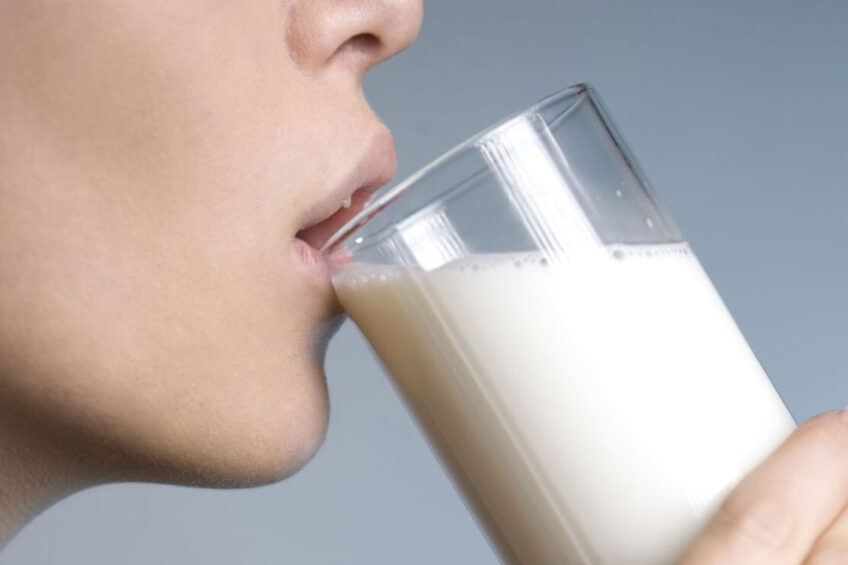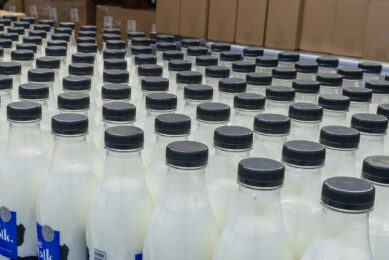Low dairy consumption in Iran sets off alarm bells

Over the past few years, dairy consumption in Iran has dropped by 28% to a critical level of 60 kg per capita, Ali Asghar Mohammadpour, CEO of Iran Milk Industries, outlined during a press conference in Tehran.
A sharp drop in per capita dairy consumption in the country threatens to become a real problem. The average age in Iran of the first signs of osteoporosis is 42 years old, Mohammadpour said. Some other diseases associated with insufficient dairy consumption are also becoming more common, he added.
“In developed countries, per capita consumption of milk reaches 450 kg, but in our country, the consumption of sugar, cigarettes and soft drinks, which are considered unhealthy products, is higher than the world average [while dairy products consumption is lower],” Mohammadpour said.
Food inflation
Iran is experiencing a drop in dairy consumption in the midst of skyrocketing food inflation. Over the past year, the demand for red meat in the Iranian market dropped by 3 kg per capita. Several business organisations voiced concerns over a slump in demand in the poultry and egg segment, too, where prices have reached new records. Mohammadpour said that Iranian dairy producers are planning to restrain a rise in prices for as long as possible, in order to protect the less wealthy parts of the Iranian population.
“We have benefited from the country’s economy for many years, and this year we will help the people with lower income,” he said.
Soaring costs
As the government has revised its state aid programme in the dairy sector, the average price for raw milk in the country has jumped from 6,400 tomans (US$ 1.5, estimated under the official exchange rate) to 12,000 tomans ($ 2.8) per kg.
The Iranian dairy industry is battling a rise in production costs across the board, with logistics costs currently 35% higher, wages 51% higher and packaging 100% higher compared with the previous year, Mohammadpour said.
Dairy exports
The shift in government policy has also hampered Iranian dairy exports, Mohammadpour said, without providing further details. Taking advantage of state subsidies, Iranian dairy companies were quite competitive in the markets of neighbouring countries. Calling off the subsidies was the right step, he added; the price of most dairy products in Iran is still lower than the world’s average, and Iranian dairy companies still benefit from hidden subsidies on rent fees and energy tariffs.
Join 13,000+ subscribers
Subscribe to our newsletter to stay updated about all the need-to-know content in the dairy sector, two times a week.










